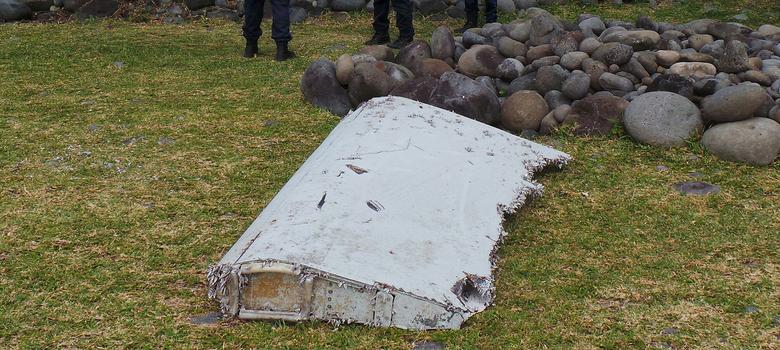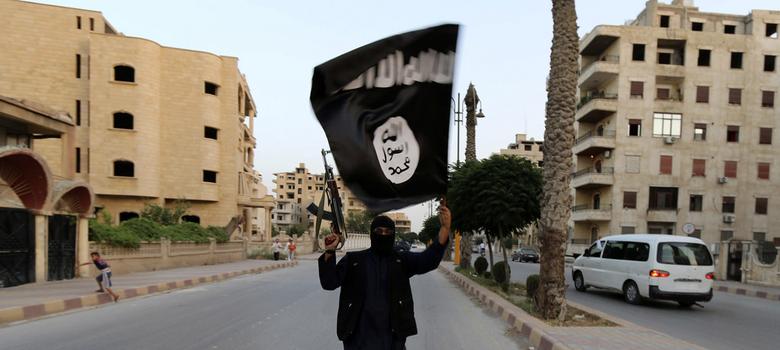Investigators 'confident' they are on right trail
 Officials from Australia and airplane manufacturer Boeing have indicated that they are confident the debris found a day ago by authorities on Reunion Island in the Indian Ocean belongs to a Boeing 777 aircraft. The debris is likely to be part of Malaysia Airlines flight 370, which mysteriously disappeared in March 2014 with all 239 people on board. The debris is currently being transported to France where the French aviation investigation authority will investigate the part and its origins. According to experts and independent investigators, factors like damage on the part and how it broke could indicate the trajectory of the plane before its disappearance, providing vital clues to what may have happened to the flight.
Officials from Australia and airplane manufacturer Boeing have indicated that they are confident the debris found a day ago by authorities on Reunion Island in the Indian Ocean belongs to a Boeing 777 aircraft. The debris is likely to be part of Malaysia Airlines flight 370, which mysteriously disappeared in March 2014 with all 239 people on board. The debris is currently being transported to France where the French aviation investigation authority will investigate the part and its origins. According to experts and independent investigators, factors like damage on the part and how it broke could indicate the trajectory of the plane before its disappearance, providing vital clues to what may have happened to the flight.
Landslides kill at least 30 in Nepal
Heavy rains since Wednesday afternoon led to landslides that buried several mountain villages in Nepal on Thursday, killing at least 30 people. Officials have indicated that the bad weather is hampering relief and rescue efforts. At least 19 people were killed in the village of Lumle, which is 200 kilometres from Kathmandu. The heavy rains have also grounded helicopters.
Six stabbed at Jerusalem pride parade


